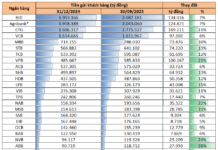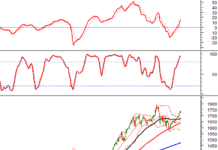
Processing whole fish for export at Sao Mai Group’s seafood processing plant (An Giang). Photo: Vu Sinh/TTXVN
Export turnover of agriculture, forestry, and fisheries increased to reach USD 5.14 billion thanks to the contribution of all groups of goods: timber products USD 1.49 billion, up 72.5%; seafood USD 730 million, up 60.8%, agricultural products USD 2.71 billion, up 93.8%, livestock USD 36 million, up 3.5%, and input materials USD 177 million, up 49.2%.
In terms of markets, the value of agricultural, forestry, and fisheries exports to all markets increased. Among them, exports to the Americas reached USD 1.18 billion (up 93.6%); Africa USD 104 million (up 185.4%); Asia USD 2.52 billion (up 86.3%); Europe USD 532 million (up 38.2%); and Oceania USD 78 million (up 100.9%).
The value of agricultural, forestry, and fisheries exports to China accounted for 23%, up 106.9%; the United States accounted for 20.8%, up 95.9%; and Japan accounted for 7.4%, up 47.5%.
In terms of imports, the Ministry of Agriculture and Rural Development reported that the import value reached USD 3.72 billion, a relatively high increase of 45.1% due to all groups of imported goods increasing such as agricultural products USD 2.2 billion, up 41.1%, livestock products USD 300 million, up 46.8%, seafood USD 250 million, up 33.9%, and timber products USD 253 million, up 100.7%…
In the domestic market, in January, the prices of most commodities tended to increase compared to December 2023 due to high demand during the Lunar New Year but remained relatively stable. Only livestock products tended to decrease from the end of 2023 until now, such as live pigs (down 10.5%), live cattle (down 2.5%), colored feathered chicken (down 2.3%), and industrial chicken (down 6.8%).
According to the Ministry of Agriculture and Rural Development, in general, the supply of agricultural products is abundant, ensuring consumption for the Lunar New Year, and prices have not fluctuated much, even some commodities have decreased due to changes in consumer habits.
































